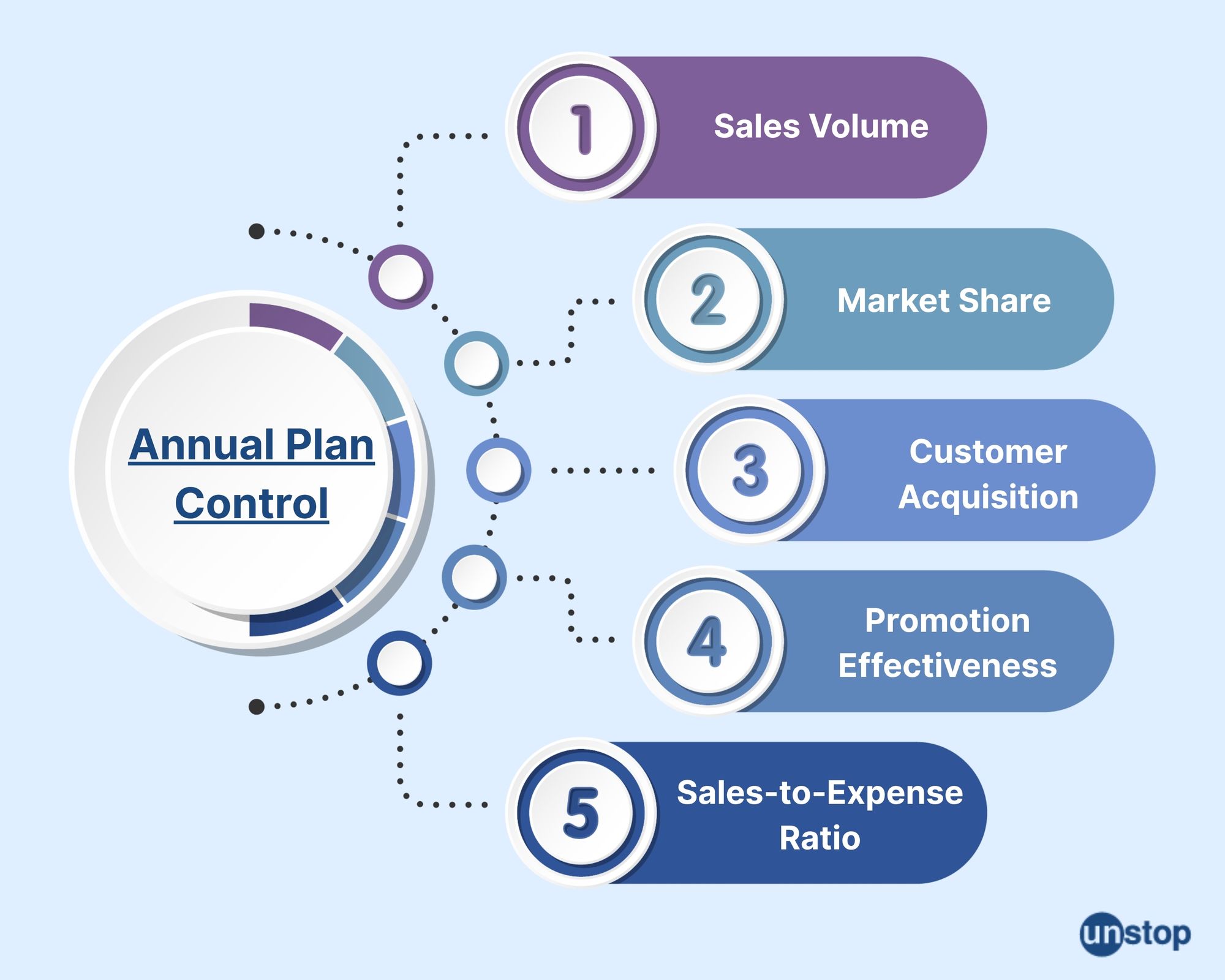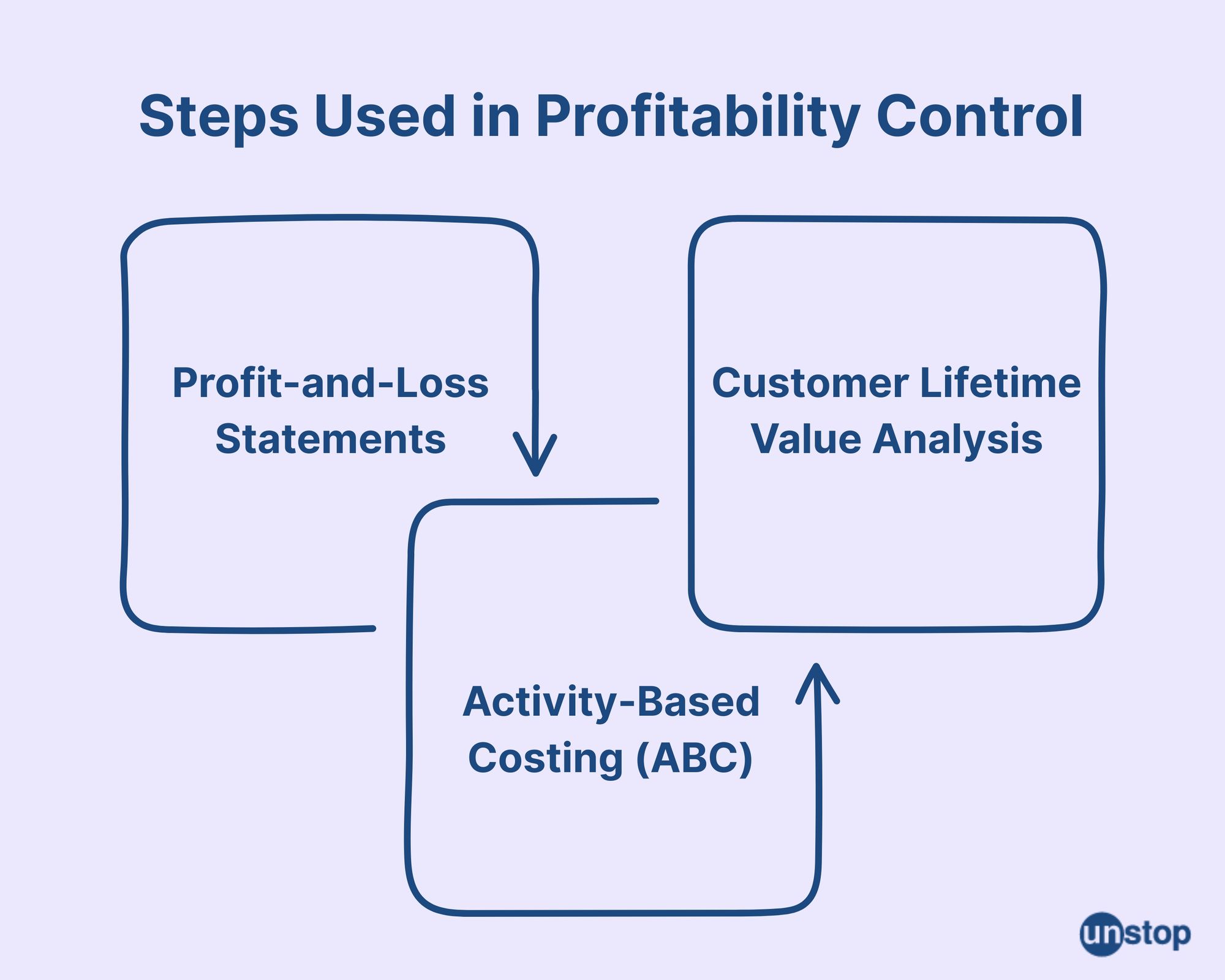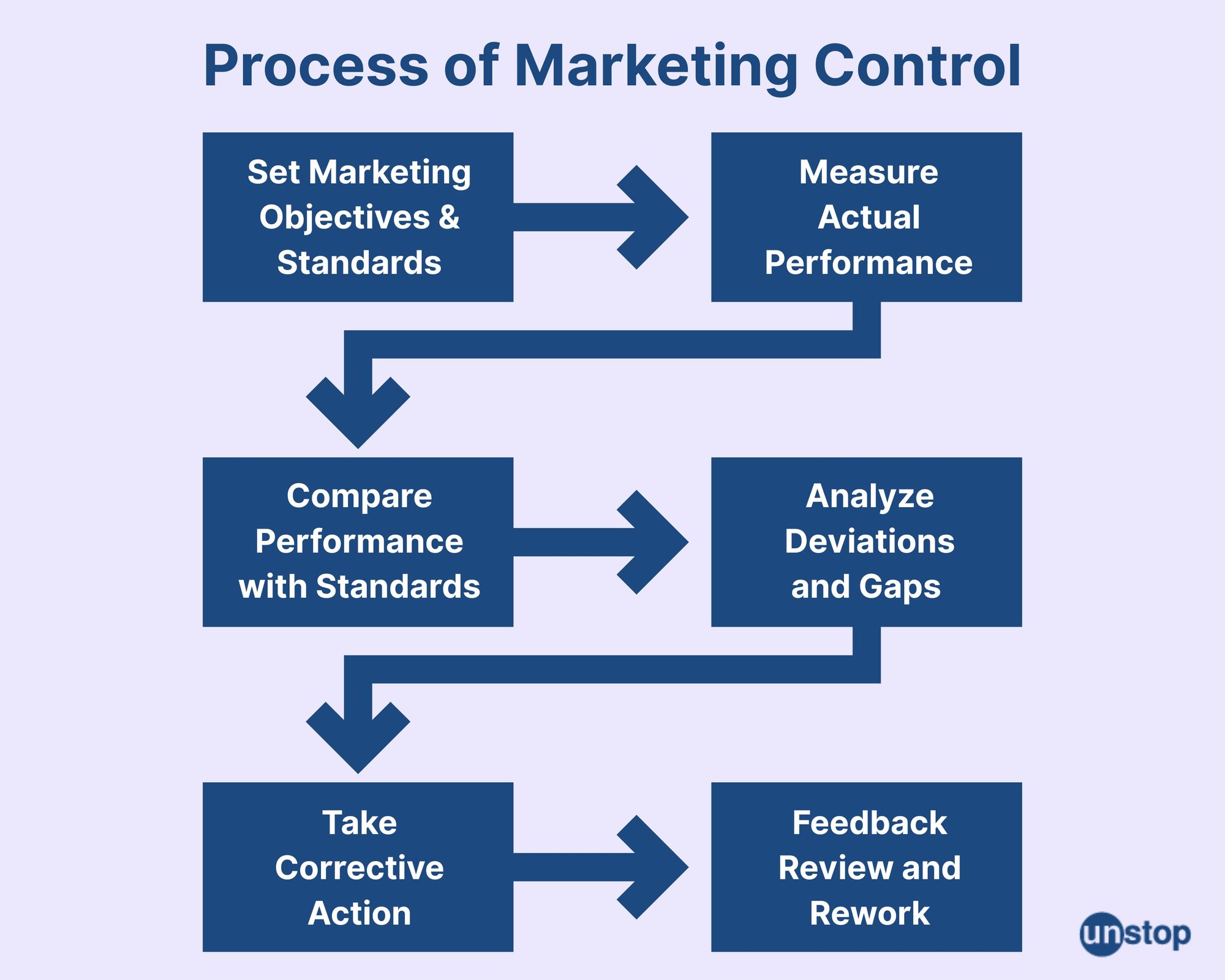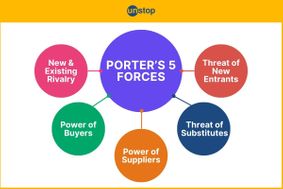- What is a Brand & Why is it Important?
- Elements of a Brand: Mission, Vision, and Values
- Types of Brands and their Significance
- Branding Strategies: Private, Multiproduct, and Mixed
- Brand Image and Its Impact on Perception
- Building a Strong Brand
- Frequently Asked Questions
- Understanding Brand Equity: Definition and Elements
- Importance of Brand Equity
- Evolution Of Brand Equity In The Digital Age
- Brand Equity in the Global Marketplace
- Measuring Brand Equity: Metrics & Methods
- Managing Brand Equity: Salient Elements
- Building & Managing Brand Equity: Best Practices
- The Future of Brand Equity
- Conclusion
- Frequently Asked Questions
- What is Brand Management?
- Importance of Brand Management
- Benefits of Effective Brand Management
- Principles of Brand Management
- Strategies for Successful Brand Management
- Brand Management vs. Marketing
- Conclusion: The Power of Brand Management
- Frequently Asked Questions
- Importance of Brand Image in Marketing
- Key Elements of a Successful Brand Image
- Brand Image vs. Brand Identity: Key Differences
- Measuring and Monitoring Brand Image
- Strategies for Maintaining and Enhancing Brand Image
- The Power of a Positive Brand Image
- FAQs
- What is Brand Awareness and its Importance?
- Benefits of Brand Awareness
- Brand Awareness Strategy: Some Tried & Tested Methods
- Some Creative Ways to Boost Brand Awareness
- Significance of Brand Awareness
- Conclusion
- Frequently Asked Questions
- Porter's 5 Forces Model: What Is It?
- Porter's 5 Forces Model: How To Use It?
- Common Barriers to Entry
- Evaluating Suppliers' Negotiating Power
- Understanding the Bargaining Power of Buyers
- Analyzing Threat of Substitute Products or Services
- Rivalry amongst Competitors (Old & New)
- Drawbacks of the Five Forces Model
- Conclusion
- Frequently Asked Questions
- How Well Do You Know Porter’s 5 Forces? Take A Quiz!
- What is Buying Motive?
- Types Of Buying Motives
- Importance Of Buying Motives
- Six Universal Buying Motives
- Identifying Buyer's Motives
- Utilizing Buying Motives In Sales
- Challenges In Interpreting Buying Motives
- Frequently Asked Questions (FAQs)
- 💸 Think You Know Buying Motives? Take A Quiz!
- Understanding the Elements and Importance of Brand Equity
- What are brand equity models?
- Comparing Keller's and Aaker's brand equity models
- Real-world examples of brand equity in action
- Strategies for building strong brand equity
- Key takeaways on brand equity models
- FAQs
- Mastered Brand Equity Models? Prove It!
- What Is Brand Positioning?
- The Importance of Brand Positioning for Businesses
- Creating A Brand Positioning Strategy: Step-By-Step Process
- Measuring the Success of Your Brand's Positioning
- Examples of Strong Brand Positioning in the Market
- Types of Brand Positioning Strategies
- Social Media Engagement: A Key Positioning Strategy
- What Makes a Good Brand Positioning Strategy?
- Conclusion
- Frequently Asked Questions
- Quick Quiz to Test Your Knowledge of Brand Positioning!
- Brand Personality: Definition & Importance
- How to Define Your Brand Personality?
- Choosing Your Brand Personality Attributes
- Dimensions of Brand Personality Framework: The Aaker Model
- Incorporating Core Values Into Your Brand Personality
- Examples of Brand Personalities in Action
- Conclusion
- Frequently Asked Questions
- Brand Personality Quiz– Let's Go!
- What is Brand Identity?
- What are the Key Components of Brand Identity?
- Importance & Benefits Of Brand Identity
- Importance of Unique Visual Elements in Brand Identity
- Communication Style and Tone of Voice in Brand Identity
- Steps on How to Create a Brand Identity
- Brand Identity Example- Coca-Cola
- Examples of Strong Brand Identities in Different Industries
- Consistency in Online and Offline Branding
- Conclusion
- Frequently Asked Questions (FAQs)
- Think You Know Brand Identity? Take A Quiz!
- Brand Identity Prism: Understanding The Concept
- Role Of Culture In Brand Identity Prism
- Brand Identity Prism: Visualizing The Sender & Receiver
- Benefits Of Brand Identity Prism
- Examples Of Brand Identity Prism In Action
- Brand Identity Prism: Key Takeaways
- Frequently Asked Questions
- Take This Brand Identity Prism Quiz!
- What is Market Segmentation?
- Importance of Market Segmentation
- The Market Segmentation Process
- Types of Market Segmentation
- Common Challenges in Implementing Market Segmentation
- Overcoming Challenges in Market Segmentation
- Conclusion: Understanding The Impact
- Frequently Asked Questions (FAQs)
- Test Your Market Segmentation Knowledge– Take This Quiz!
- What is Brand Loyalty? Meaning & Significance
- Characteristics of Brand Loyalty
- Measuring and Tracking Brand Loyalty
- Importance of Brand Loyalty for Companies
- Brand Loyalty Examples and Types
- Strategies for Building Brand Loyalty
- Differentiating Brand Loyalty from Customer Loyalty
- Conclusion: The Power and Importance of Brand Loyalty
- Frequently Asked Questions
- Think You Know Brand Loyalty? Take A Quiz!
- Brand Extension Meaning
- Brand Extension Types
- Understanding Brand Line Extension vs. Brand Extension
- The Impact and Potential of Brand Extension
- Successful and Unsuccessful Brand Extensions Examples
- Summing Up
- Frequently Asked Questions
- Quiz– Test Your Brand Extension!
- Step-by-step guide on how to build a brand from scratch
- Benefits of a Strong Brand
- Examining Successful Brand-Building Examples
- Summing up
- Frequently Asked Questions
- Know How to Build a Brand? Prove it With This Quiz!
- What is Marketing Mix?
- Understanding the 4 Ps of Marketing
- The Seven Ps of Marketing
- Implementing the Marketing Mix in Business
- Amul: Example of Successful Marketing Mix Implementation
- Exploring Alternative Marketing Mix Models
- Conclusion
- Frequently Asked Questions (FAQs)
- Mastered the Marketing Mix! Test Your Knowledge Now
- Defining Brand Value and its Importance
- Measuring Brand Value
- Factors that Make a Brand Valuable to Customers
- Examples of Brand Value from Real World
- Brand Value Versus Brand Equity
- The Impact of Brand Value on Business Marketing Strategies
- Conclusion: The Significance of Brand Value
- Frequently Asked Questions
- How Much Do You Know About Brand Value? Take This Quiz!
- Definition Of Co-Branding
- Different Types Of Co-Branding
- Benefits & Advantages Of Co-Branding
- Strategies For Successful Co-Branding Partnerships
- Notable Successful Co-Branding Examples
- Factors Influencing Co-Branding Success
- Frequently Asked Questions (FAQs)
- Co-Branding Quiz: Test Your Expertise!
- What is a Target Market?
- Importance of Target Market: Why Do We Need It?
- Types of Target Market
- The Target Marketing Process
- Primary Research for Target Markets
- Leveraging Target Market Segmentation for Sales
- Conclusion
- Frequently Asked Questions (FAQs)
- 🎯 Do You Know Your Target Market? Take the Quiz!
- Importance of Understanding Consumer Decisions
- Traditional vs Contemporary Consumer Behaviour Model
- Traditional Models of Consumer Behaviour
- Learning Model of Consumer Behaviour
- Psychoanalytical Model of Consumer Behaviour
- Sociological Model of Consumer Behaviour
- Economic Model of Consumer Behaviour
- Contemporary Models of Consumer Behaviour
- EKB Model of Consumer Behaviour
- Black Box Model of Consumer Behaviour (Stimulus-Response Consumer Behaviour Model)
- Howard Sheth Model of Consumer Behaviour
- Hawkins-Stern Model of Consumer Behavior
- Webster and Wind Model
- Nicosia Model of Consumer Behaviour
- How to Select a Consumer Behaviour Model?
- Final Remarks
- Frequently Asked Questions
- 🛍️ Consumer Behavior Models Quiz: Test Your Knowledge!
- What is a Consumer?: Definition & Role
- The Evolution of the Term "Consumer"
- Consumer Behavior
- Different Types of Consumers
- Consumers' Motivation for Buying
- Relationship Between Businesses and Consumers
- Consumer Rights in India
- Current Challenges for Consumers
- The Future of Consumers in a Digital Age
- Final Remarks
- Frequently Asked Questions (FAQs)
- 🛍️ Consumer or Customer? Test Your Knowledge!
- What is a Market Structure?
- Types of Market Structures
- How Markets Work
- Significance of Different Types of Market
- Summing Up
- Frequently Asked Questions
- 🏪 Market Structures 101: Take the Quiz!
- Understanding the Concept of Corporate Branding
- Importance and Advantages of Corporate Branding
- Researching Competitor Brands
- Implementing Effective Corporate Branding Strategies
- Successful Corporate Branding Examples: Alphabet, Walmart & SAP
- Impact and Success of Corporate Branding
- Conclusion
- Frequently Asked Questions
- 🏢 Corporate Branding Quiz: Test Your Knowledge!
- Perception Management: Meaning & Importance
- Process Of Perception Management
- Influencing & Shaping Perceptions
- Strategies For Perception Management
- Technology In Perception Management
- Branding & Control In Perception Management
- Customer Feedback For Perception Improvement
- Frequently Asked Questions (FAQs)
- 🧠 Perception Management Quiz: How Well Do You Know It?
- Definition & Importance Of Target Marketing
- Advantages & Disadvantages Of Target Marketing Strategies
- Examples Of Target Marketing Strategies
- Creating An Effective Target Market Strategy
- Segmentation: Key To Targeted Marketing
- Utilizing Social Media For Targeted Marketing
- Frequently Asked Questions ( FAQs)
- 🎯 Target Marketing Strategies Quiz: Test Your Knowledge!
- Definition and Significance of Brand Association
- Brand Association Types
- Successful Brand Association Examples
- Strategies for Building Strong Brand Associations
- Overcoming Negative Brand Associations
- Conclusion: Harnessing the Power of Brand Association
- Frequently Asked Questions
- 🔗 Brand Association Quiz: Check Your Brand Knowledge!
- What is Product Positioning?
- Importance Of Product Positioning in Marketing
- Difference between Product Positioning and Brand Positioning
- Types Of Product Positioning
- Main Components Of Product Positioning
- Successful Product Positioning Strategies
- Understanding the Product Positioning Process
- Examples Of Effective Product Positioning
- Conclusion
- Frequently Asked Questions (FAQs)
- 🔥 Product Positioning Quiz: Test Your Marketing Smarts!
- How do we define niche market?
- Strategies To Find Your Niche Market
- 7 Examples Of Niche Markets
- Benefits Of Targeting A Niche Market
- Testing Your Product Or Service For Niche Market
- Conclusion
- Niche Market: Frequently Asked Questions (FAQs)
- 🎯 Niche Market Quiz: Test Your Knowledge!
- Importance Of STP In Marketing
- Understanding STP in Marketing Step-by-Step
- Process Of Implementing STP In Marketing
- Examples Of Successful STP Strategies
- Conducting An STP Marketing Analysis
- Choosing Your Marketing Mix
- Strategies For Targeting the Right Audience
- Conclusion
- Frequently Asked Questions (FAQs)
- 🔍 STP in Marketing Quiz: Test Your Knowledge!
- Sales and Marketing: Understanding the Core Concepts
- Key Differences Between Sales and Marketing
- Types of Marketing
- Types of Sales
- Power of Synergy: Sales and Marketing Alignment (Smarketing)
- Frequently Asked Questions (FAQs)
- Definition Of Customer Satisfaction
- Importance Of Customer Satisfaction
- Strategies For Effective Customer Satisfaction
- Measuring Customer Satisfaction
- Customer Satisfaction in Marketing & Sales
- Frequently Asked Questions (FAQs)
- 🎯 Customer Satisfaction Quiz: Are You an Expert?
- Customer Delight Meaning
- Benefits of Customer Delight
- Customer Satisfaction Vs Customer Delight
- Strategies With Customer Delight Examples
- How to Measuring the Impact Of Customer Delight?
- Customer Delight Examples - 3 instances by big brands that won hearts
- Common Mistakes In Customer Delight
- Conclusion
- Frequently Asked Questions (FAQs)
- 🌟 Customer Delight Quiz: Can You Ace It?
- What is a Marketing Plan?
- Types Of Marketing Plan
- What are the Key Components of a Marketing Plan?
- Steps for Effective Marketing Planning
- Crafting Your SEO Content Strategy
- Budgeting & Resource Allocation
- Identifying & Analyzing Competition
- Measuring Success with KPIs
- Importance of Flexibility in Marketing Planning
- Challenges of Marketing Plan
- Marketing Plan vs Business Plan
- Conclusion
- Frequently Asked Questions (FAQs)
- 📊 Marketing Planning Quiz: Test Your Knowledge!
- What is Marketing Control?
- Types of Marketing Control (with Examples)
- Annual Plan Marketing Control
- Profitability Marketing Control
- Efficiency Marketing Control
- Strategic Marketing Control
- Process of Marketing Control
- Techniques Used in Marketing Control
- Frequently Asked Questions
Marketing Control: Defintion, Types and Process [With Examples]
![Marketing Control: Defintion, Types and Process [With Examples]](https://d8it4huxumps7.cloudfront.net/bites/wp-content/banners/2025/5/682475179076e_what_is_marketing_control.jpg?d=1200x800)
To thrive in a competitive marketing environment, understanding the importance of marketing control is essential. It serves as a mechanism to monitor and evaluate various aspects of marketing, such as advertising, promotion, production, and product management. By implementing robust marketing control mechanisms, businesses can identify opportunities for improvement, optimize resource allocation, and maximize the return on investment.
What is Marketing Control?
Marketing control is a systematic process used by organizations to measure, evaluate, and guide marketing activities toward the achievement of predefined objectives. It involves analyzing current performance against planned targets, identifying deviations, and making necessary adjustments to optimize effectiveness.
The essence of marketing control lies in its ability to provide feedback and insights that enable marketers to make informed decisions, optimize their marketing campaigns, and achieve desired outcomes.
Importance of Marketing Control
The marketing environment is dynamic as consumer preferences change, competitors innovate, and economic factors fluctuate. Marketing control enables businesses to remain agile and responsive. Here’s why it is important:
Ensures Strategic Alignment: Keeps marketing efforts consistent with the company’s mission and strategic objectives.
Enhances Accountability: Provides benchmarks and performance indicators to evaluate team and campaign effectiveness.
Facilitates Decision-Making: Enables data-driven insights for adjusting budgets, targeting, or tactics.
Improves ROI: Identifies what works and what doesn’t, helping reallocate resources toward more effective activities.
Minimizes Risks: Detects underperformance early, allowing timely intervention before major losses occur.
Types of Marketing Control (with Examples)

Marketing control can be broadly divided into four key types. Each type plays a unique role in monitoring different aspects of marketing performance:
Annual Plan Marketing Control
Annual plan control refers to short-term planning, typically for a one-year period, aimed at directing and evaluating operational activities through the application of management by objectives. Such plans are formulated and regulated primarily by senior management.
For example, if a smartphone brand targets 1 million units in annual sales, it will review sales data quarterly to track progress, assess ad effectiveness, and adjust pricing or campaigns if necessary.
Key Metrics Used in Annual Plan Control

The following key metrics are used in annual plan control to assess performance and make necessary adjustments:
Sales Volume
This refers to the total quantity of products or services sold during a specific period. It helps evaluate how well a company's products are performing in the market. A decrease in sales volume might indicate poor market demand, pricing issues, or ineffective promotion strategies.
For example, if a company plans to sell 10,000 units in a quarter but only sells 7,500 units, it may need to revise its sales strategies or promotional efforts.
Market Share
Market Share is the percentage of total sales in a market that a particular company earns over a specific time period. It shows how well a company is performing compared to competitors. Even if sales are growing, a declining market share could signal that competitors are growing faster.
For example, if your company’s market share drops from 20% to 17%, it might suggest a loss of competitive edge that needs urgent attention.
Customer Acquisition
This refers to the number of new customers gained over a specific period. It helps measure the effectiveness of marketing and sales efforts in attracting new clients. It also reflects the brand’s appeal and market reach.
For example, if your annual goal was to acquire 5,000 new customers but only 3,000 joined, your lead generation or conversion strategies may need improvement.
Promotion Effectiveness
This metric evaluates how well your promotional campaigns are influencing customer behavior and driving results. It ensures that the marketing budget is being spent wisely and generates the desired impact (such as increased brand awareness, engagement, or sales).
For example, if a campaign had high engagement but low conversion rates, the messaging or call-to-action may need refinement.
Sales-to-Expense Ratio
This ratio compares the total sales revenue generated to the total marketing and selling expenses incurred. It assesses cost efficiency and how much return you’re getting for every dollar spent on marketing and sales.
For example, a ratio of 4:1 means that for every INR 1 spent on sales/marketing, INR 4 was earned in revenue, which is a strong indicator of efficiency.
Profitability Marketing Control
Profitability control focuses on assessing which parts of the business are contributing to profits and which are not. It helps marketers and management make informed decisions on resource allocation, pricing, and strategic focus.
For example, a retail company may discover that urban stores generate higher revenues but lower margins due to high overheads, prompting strategic reallocation of resources.
Key Steps Used in Profitability Control

The following steps are commonly used in profitability control:
Profit-and-Loss Statements by Segment
These are detailed financial reports that break down revenues, costs, and profits for specific segments such as products, regions, customer groups, or channels. It allows businesses to see which segments are profitable and which are draining resources. This helps identify high-performing areas and eliminate or improve underperforming ones.
For example, if product A generates high revenue but has high production and distribution costs, leading to minimal profit, while product B has lower sales but higher profit margins, this insight can drive smarter decisions.
Activity-Based Costing (ABC)
ABC is a costing method that assigns overhead and indirect costs (like marketing, customer service, and delivery) to specific activities and segments based on actual usage. It provides a more accurate picture of the true cost of serving each product, customer, or market segment—uncovering hidden inefficiencies.
For example, you may discover that servicing small retailers is more costly (per unit sold) than large distributors, even if both generate the same revenue.
Customer Lifetime Value (CLV) Analysis
CLV calculates the total revenue a business can expect from a single customer account throughout its relationship with the company. Understanding CLV helps prioritize marketing investments toward the most valuable customers and avoid overspending on low-value ones.
For example, if one customer segment has a CLV of INR 15,000 while another has INR 5,000, your marketing strategy might shift to retain and expand the higher-value segment.
Efficiency Marketing Control
Management and marketers are continually engaged in identifying ways to enhance task performance within the organization. These ongoing efforts lead to greater efficiency and effectiveness in marketing operations.
For example, a digital marketing team assesses the performance of various platforms (Google Ads, Meta Ads, Email) and reallocates the budget based on ROI metrics.
Key Metrics Used in Efficiency Control
The following metrics are commonly used in efficiency control:
Advertising Cost Vs. Return
This compares how much is spent on advertising with the revenue it generates. It helps determine whether the ad campaigns are cost-effective and profitable.
For example, if you spend INR 50,000 on an ad campaign and it brings in INR 2,00,000 in sales, the return is considered strong.
Cost-per-Lead (CPL) or Cost-per-Conversion
CPL measures how much you spend to acquire a potential customer (lead), while cost-per-conversion looks at the cost of gaining an actual paying customer. It helps evaluate the efficiency of marketing channels and campaigns in turning prospects into buyers. A low CPL with high conversion means your marketing is working efficiently.
Distribution and Logistics Efficiency
This involves analyzing how smoothly and cost-effectively products are moved from production to the customer. Efficient logistics reduce delivery time and costs, improving customer satisfaction and profitability. Streamlining warehouse processes or choosing faster delivery routes can lower distribution costs.
Salesforce Productivity
It assesses the output of the sales team, such as the number of leads converted, sales closed, or revenue generated. High productivity means better use of sales resources and improved performance. Monitoring how many clients each salesperson contacts and converts helps identify top performers and training needs.
Strategic Marketing Control
Strategic control refers to the process of evaluating whether a company’s overall marketing strategy is aligned with its long-term goals, competitive environment, and market changes. It ensures the business remains on the right path and adapts when needed.
For example, if a company targets millennials with traditional ads but sees a shift toward Gen Z buyers who prefer digital content, strategic control helps identify this gap and adjust the marketing direction accordingly.
Tools Used in Strategic Marketing Control
Let us study how strategic marketing control is analyzed using different tools and techniques:
Marketing Audit
A comprehensive, systematic, and periodic review of the company's marketing environment, objectives, strategies, and activities. Its main purpose is to identify what's working, what’s not, and where improvements or changes are needed.
SWOT Analysis
A strategic planning tool that examines and aligns marketing strategies with strengths and opportunities while addressing weaknesses and mitigating threats.
- Strengths: Internal capabilities
- Weaknesses: Internal limitations
- Opportunities: External chances for growth
- Threats: External challenges or risks
Benchmarking
The process of comparing your marketing performance, practices, or strategies with industry leaders or competitors so as to identify best practices, performance gaps, and areas for improvement.
Competitor Analysis
Involves identifying and assessing competitors’ strategies, strengths, weaknesses, and market positioning to anticipate competitors' moves, identify market opportunities, and fine-tune your competitive advantage.
Environmental Scanning
The process of continuously monitoring external factors that can impact the business helps it stay ahead of emerging trends and adapt strategies accordingly. This involves studying the following:
- Economic trends
- Technological changes
- Political and legal factors
- Cultural shifts
Process of Marketing Control

The marketing control process is a continuous feedback loop that ensures ongoing improvement:
1. Set Marketing Objectives and Standards
Establish measurable goals (e.g., increase customer retention by 10%).
2. Measure Actual Performance
Uses Key Performance Indexes (KPIs) like revenue, conversion rates, website traffic, or social engagement.
3. Compare Performance with Standards
Analyze the variance between actual outcomes and expected targets.
4. Analyze Deviations
Investigate reasons for performance gaps—market changes, poor execution, pricing issues, etc.
5. Take Corrective Action
Modify tactics, increase support, redesign messages, or even change platforms.
6. Review and Rework
Feed the insights back into the next planning cycle to refine strategies and targets.
Techniques Used in Marketing Control
Below is a table summarizing some of the most effective techniques used in monitoring and adjusting marketing efforts:
|
Technique |
Purpose |
Use Case |
|
Sales Analysis |
Evaluate actual vs. expected sales |
Monthly reports by region or product |
|
Marketing Audit |
Comprehensive review of all marketing efforts |
Annual strategic planning or turnaround scenarios |
|
Customer Feedback Surveys |
Gauge satisfaction and preferences |
Post-service or post-purchase surveys |
|
Marketing Dashboard |
Real-time performance tracking |
Dashboards for KPIs like lead conversions, bounce rates, or email open rates |
|
Budgetary Control |
Monitor adherence to marketing budgets |
Ensuring ad campaigns stay within spending limits |
|
Break-Even Analysis |
Assess profitability thresholds |
Before launching a new product |
|
Ratio Analysis |
Measure financial efficiency |
ROI on ad spend, cost per lead, customer acquisition cost |
|
SWOT Analysis |
Strategic evaluations |
Assess macro-environment and internal capabilities |
Conclusion
Marketing control is not just a performance-monitoring tool—it is a strategic necessity in today's dynamic and competitive marketplace. Whether it's evaluating a single campaign or an entire brand strategy, effective marketing control ensures that resources are optimized, goals are met, and strategies remain relevant. By implementing robust control mechanisms, businesses can remain agile, efficient, and customer-focused, paving the way for long-term success.
Frequently Asked Questions
1. What is marketing control?
Marketing control refers to the process of monitoring and evaluating marketing activities to ensure they align with predetermined goals and objectives. It involves measuring performance, identifying areas for improvement, and making necessary adjustments to optimize marketing strategies.
2. Why is marketing control important?
Marketing control is important because it allows businesses to measure how effective their marketing efforts have been going in the direction they wished. By monitoring key metrics and analyzing results, companies can ascertain what works and what doesn't, enabling them to make informed decisions, allocate resources efficiently, and maximize the return on investment.
3. What are the types of marketing control?
There are various types of marketing control:
Strategic Control: Evaluating long-term goals and overall marketing strategy.
Operational Control: Monitoring day-to-day activities and tactics.
Financial Control: Assessing budget allocation and cost-effectiveness.
Marketing Audit: Comprehensive assessment of all aspects of the marketing function.
4. How can I implement effective marketing control?
To implement effective marketing control, you can implement the stages listed below:
-
Set clear objectives aligned with business goals.
-
Establish relevant key performance indicators (KPIs) to measure success.
-
Regularly monitor KPIs using data analytics tools or software.
-
Analyze results to identify trends, patterns, and areas requiring improvement.
-
Take corrective actions based on insights gained from analysis.
5. What are some common challenges in implementing marketing control?
Common challenges in implementing marketing control include:
- Lack of accurate data or inadequate measurement systems.
- Difficulty in attributing specific outcomes solely to marketing efforts.
- Inconsistent tracking across different channels or platforms.
- Resistance to change within the organization or lack of buy-in from stakeholders.
- Balancing short-term tactical gains with long-term strategic objectives.
Marketing Control Quiz- Are You In Control Now?
Suggested reads:
- Buying Motive: Definition, Types & Importance Explained
- Difference Between Sales And Marketing Explained With Example
- Customer Delight: Meaning, Measurement & Example Explained
- Customer Satisfaction: Importance, Factor & Measurement Explained
- Economic Growth: Definition, Phase Of Growth & Factor Explained
Alekhya Chakrabarty is a father, a doodler, a trivia buff, a sports fanatic and a lifelong student of marketing. Alekhya is the VP of Marketing & Growth at Unstop, the engagement and hiring platform which connects students and graduates with opportunities. He has over a decade and a half of experience in driving revenue and building brands with the likes of Nestle, HUL and ITC. He is an alumnus of IMT Ghaziabad and in his last stint he was leading the marketing function at Sunstone, a higher education startup. Alekhya has been recognised as a ‘Top Voice’ on LinkedIn for Digital Marketing & Brand Management. He runs a marketing podcast titled East India Marketing Company to drive conversations around growth, content, culture and commerce.
Login to continue reading
And access exclusive content, personalized recommendations, and career-boosting opportunities.
Subscribe
to our newsletter
















Comments
Add comment